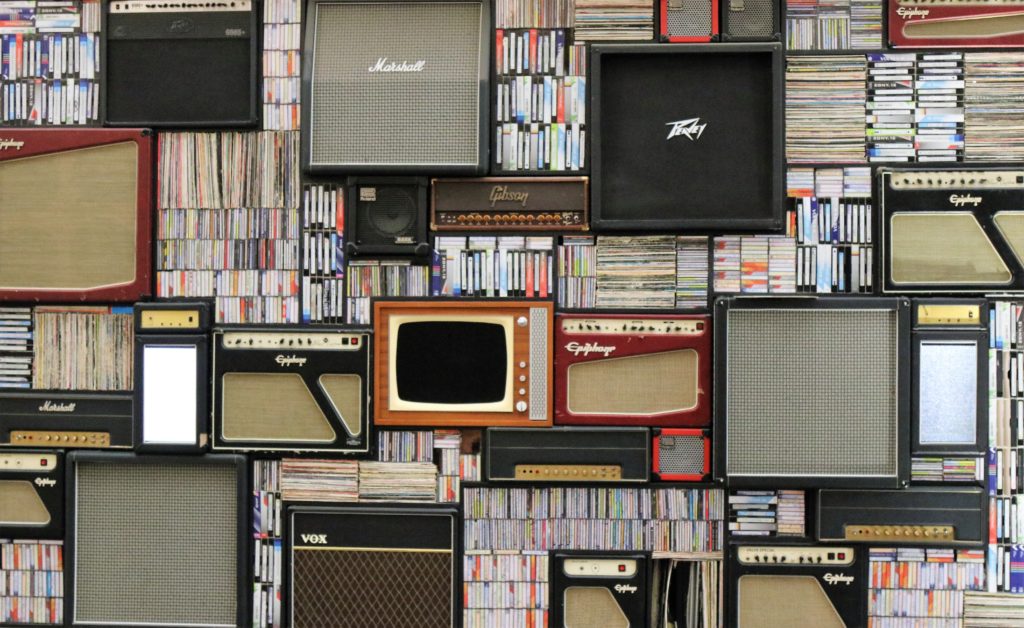
Age and media representation
Representation matters. Seeing other people on screens, hearing their stories, buying products from commercials, and watching shows that resemble a piece of you can, in turn, shape your identity and worldview. Representation, especially in the media, can reduce stereotypes of underrepresented groups, creating the opportunity for validation and support of these populations on a societal and personal level. The Arab Film and Media Institute defines media representation as, “how media, such as television, films and books, portray certain types of people or communities.”
Older adults are one of these misrepresented or underrepresented groups in media, as are racial, ethnic, and LGBTQ+ communities, who often struggle to find positive representation in all forms of media. When it comes to older adults, for instance, a 2019 AARP study sampled more than 1,000 online images from different brands, leaders, new sites, and social media accounts that all had over 1 million followers. Only 15% of these photos included adults over 50, despite older adults making up 46% of the U.S. adult population.
In another study, media and communication scholars analyzed 112 episodes of popular American primetime TV shows from 2004-2018. Out of the 2,003 characters identified, 6.6% were aged 65 and older. Older adult characters with ethnicities other than white are virtually invisible in primetime programming. Being aware of the media’s tendency to create stereotypical stories, characters, and tropes that misrepresent certain identities can help us be more aware and critical media users.
Stereotypes
In 1986, psychology researchers Schmidt and Boland examined the stereotypes that younger adults tend to associate with older adults. The negative stereotypes included the despondent (sad and lonely), the mildly impaired, the vulnerable, the severely impaired (senile and incompetent), the shrew/curmudgeon (complaining and ill-tempered), the recluse (timid and naïve), the nosy neighbor, and the bag lady.
Positive stereotypes were the golden ager (adventurous, healthy, and active), the perfect grandparent (family-oriented, kind, and loving) and the John Wayne conservative (patriotic, nostalgic, and religious). In more recent years, positive stereotypes of older adults have become more prevalent with the . But even positive stereotypes can be harmful if an older adult doesn’t view themselves as that “perfect grandparent,” thus creating a need for various positive frames in media.
Psychological effects
With so few older adult stories in the media, it creates a lack of exposure to what being older can look like. Contact theory posits that simply increasing the presence of a group in media, such as older adults, can help improve that group’s attitude in real life, because media representation does influence the ways in which consumers conceptualize aging.
If age stereotypes are continued in the stories we see, research has shown that societal and individual views on aging will be affected, which can impact how adults actually age through a concept known as self-perceptions of aging. SPAs describe whether an individual has a more upbeat, can-do attitude about age-related changes (thus, a positive SPA) or whether they take a more negative, stereotypical view on aging. It turns out, the mind – and the images we see of ourselves on screen – are very powerful in swaying aging trajectories. The television and film industry often fail to highlight the voices of real older adults in the world. Luckily, today there is social media for that.
New media, shifting representation
With the rise of social media platforms, the average older adult now has the chance to become an influencer. YouTube, TikTok, Twitter, and other social media platforms can give rise to underrepresented voices by putting content creation in the hands of the user.
For example, The Old Gays have 7.7 million followers on TikTok and produce content similar to any other channel. The influencers do not focus on the fact that they are old in the content that they make, other than in their username.
Another influencer is Grandma Lilian Droniak, who has been on the internet for over 10 years. Droniak’s grandson, Kevin, started Lilian’s fame by making YouTube videos with her, which gained attention quickly. Moving from YouTube to TikTok, Droniak recently went viral for a video announcing the rules for her funeral. She asserts that she is open and willing to talk about death on her platform. At 92 years old, she recognizes that death happens to everyone and laughing about it helps to take some of the fear away.
Social media allows for older adults to voice their own experiences and ideas on social media without outside influence of big companies’ agendas. Seeking out influencers and other forms of media that promote the real voice of older adults can aid us in becoming more accepting of our own aging.
Takeaway
Underrepresented groups have been fighting for their voices to be heard in the media for years. Actors, producers, and viewers of different racial, ethnic, and age groups alike have waited a long time for shows like Queer Eye, Black-Ish, the One Day at a Time remake, and Kim’s Convenience that give a voice to those previously invisible in media. With streaming services and social media platforms allowing content creators to take more creative control, different stories will continue to emerge. It is important to be aware of stereotypes and misrepresentation in media portrayals so we do not internalize unrealistic views about ourselves and our society.
ABOUT THE AUTHOR
Grace Weintrob is a senior majoring in Communication Studies with a minor in Stage, Sports, and Film Production at CSU. She is currently working as the digital media intern for the Columbine Health Systems Center for Healthy Aging.





